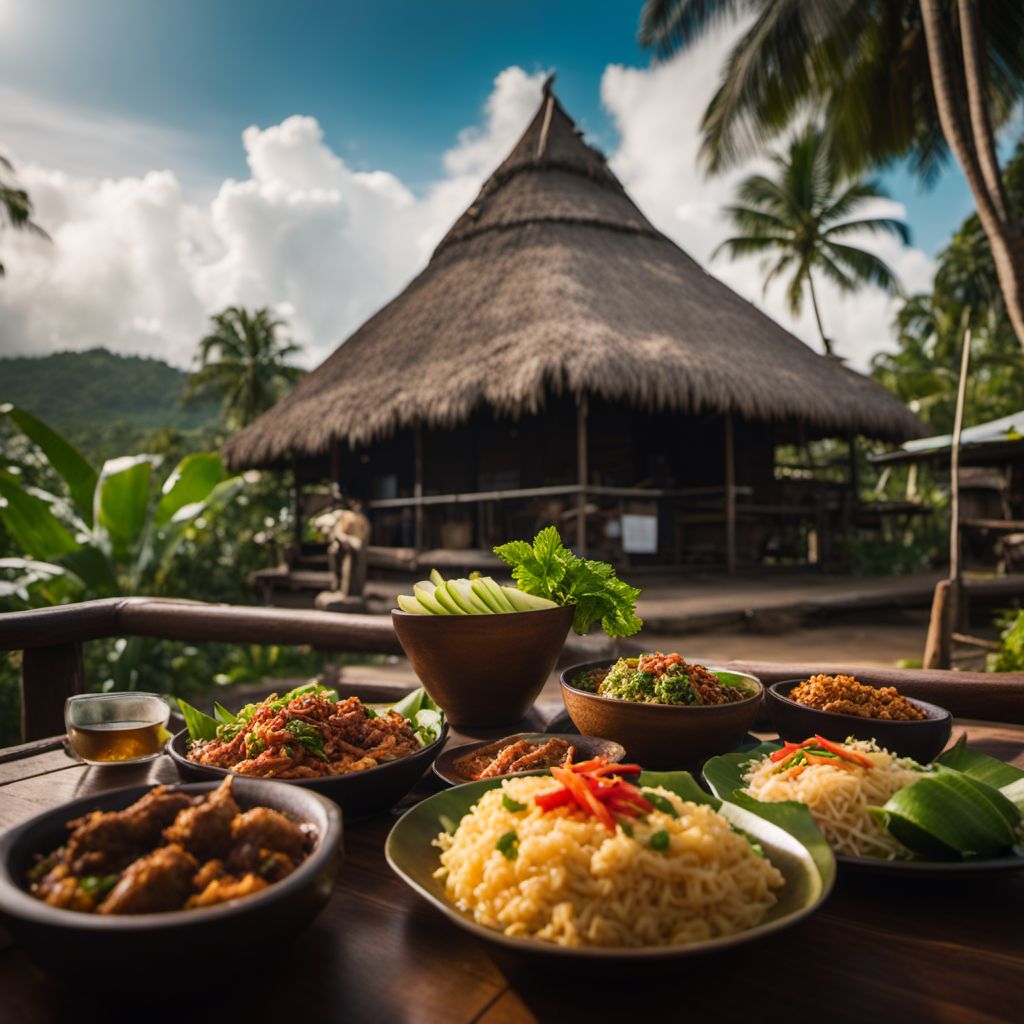
Cuisine
Melanesian cuisine
Melanesian cuisine is a reflection of the region's diverse cultural influences. The cuisine is a fusion of indigenous and colonial flavors, with an emphasis on fresh, locally sourced ingredients. Root vegetables like taro and yams are staples of the cuisine, as well as coconut milk and seafood. The cuisine also features a variety of herbs and spices, including turmeric, ginger, and lemongrass.
Typical ingredients
Root vegetables (taro, yams), Coconut milk, Seafood (fish, shellfish), Rice, Noodles, Herbs (turmeric, ginger), Spices (lemongrass, chili peppers)
Presentation and garnishing
Dishes are often presented simply, with an emphasis on the natural flavors of the ingredients. Many dishes are garnished with fresh herbs or coconut shavings.
Melanesia is home to a variety of unique plant and animal species, including the cassowary bird and the coconut crab.
More cuisines from this region...
Fijian cuisine, Vanuatuan cuisine, Papua New Guinean cuisine, Solomon Islands cuisine
History
Melanesian cuisine has been shaped by the region's history of colonization and migration. The indigenous people of Melanesia brought with them their own culinary traditions, which were later influenced by European and Asian settlers. Today, Melanesian cuisine is a unique blend of these different cultural influences.
Cultural significance
Food plays an important role in Melanesian culture, with many traditional dishes served during festivals and celebrations. The region's cuisine is also heavily influenced by its natural environment, with fresh seafood and locally sourced ingredients being staples of the diet.
Health benefits and considerations
Melanesian cuisine is generally considered to be healthy, with an emphasis on fresh, whole foods. However, some dishes may be high in saturated fat or sodium.
Melanesian cuisine recipes Browse all »
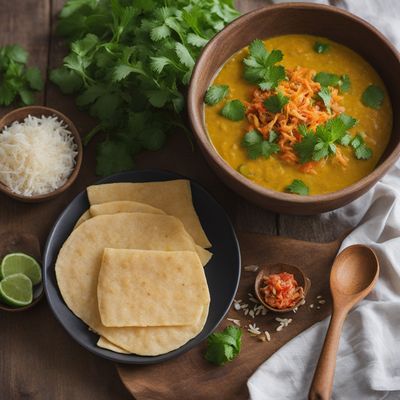
Melanesian Papadzules
Coconut-infused Melanesian Papadzules: A Tropical Twist on a Mexican Classic
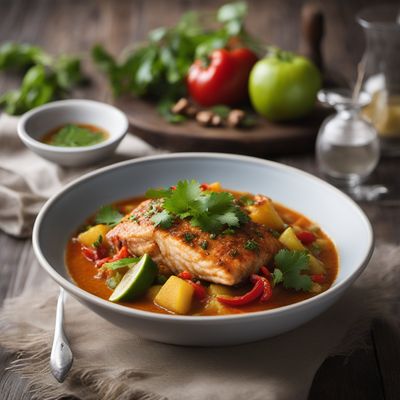
Melanesian Coconut Fish Stew
Tropical Delight: Melanesian Coconut Fish Stew

Melanesian Coconut Beef Stew
Tropical Delight: Melanesian Coconut Beef Stew

Melanesian Coconut Štrukli
Tropical Coconut Štrukli Delight
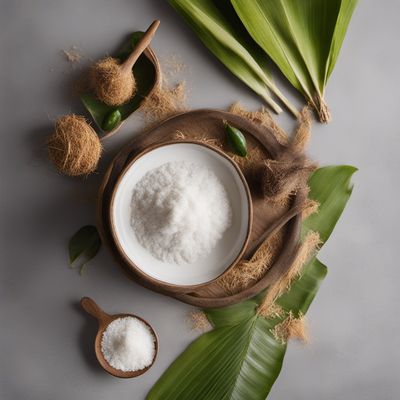
Melanesian Coconut Couche Couche
Tropical Coconut Couche Couche: A Melanesian Delight
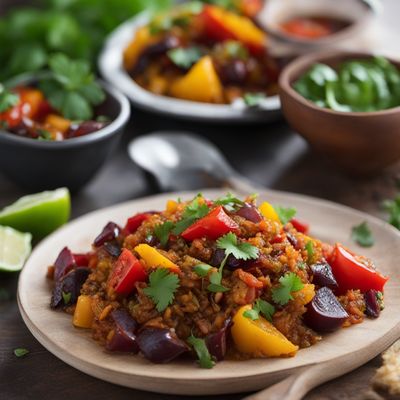
Melanesian Caponata
Tropical Twist Caponata: A Melanesian Delight
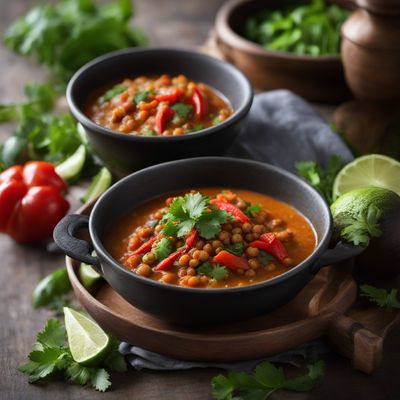
Melanesian-style Loubia Stew
Tropical Bean Delight: Melanesian Loubia Stew

Melanesian Shuba Salad
Tropical Twist: Melanesian Shuba Salad with a Burst of Island Flavors

Melanesian-style Glazed Ham
Tropical Delight Glazed Ham
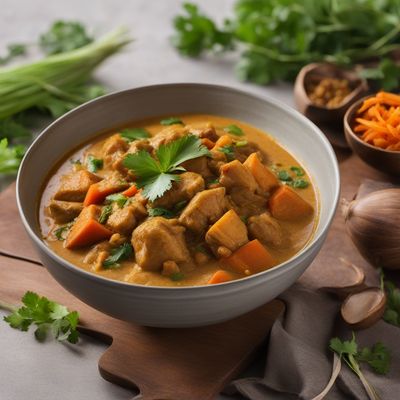
Melanesian-style Coconut Chicken Curry
Tropical Delight: Melanesian Coconut Chicken Curry
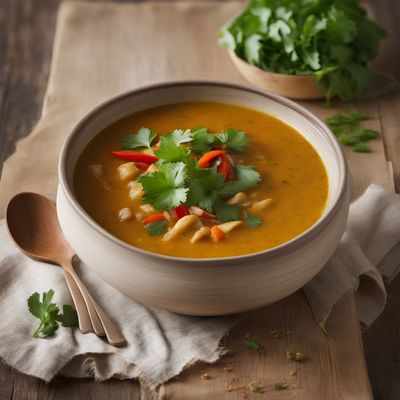
Melanesian Plantain Soup
Tropical Delight: Melanesian Plantain Soup
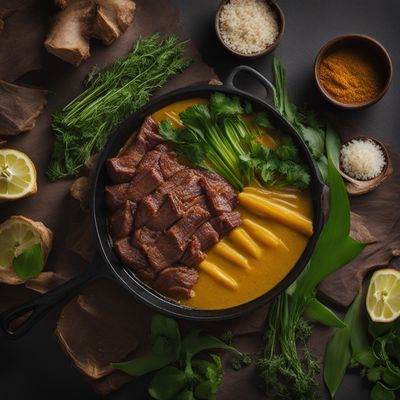
Melanesian-style Slow-cooked Meat from Međimurje
Tropical Delight: Slow-cooked Melanesian Meat with Međimurje Flavors